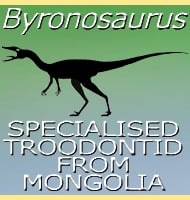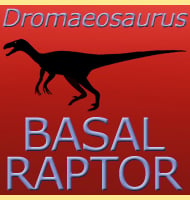Plotosaurus
In Depth In 1937 a fossil collector named Allan Bennison discovered mosasaur fossils in California’s Mount Diablo Range. These fossils were first described by Charles Camp in 1942 and published as Kolposaurus; however this name is actually preoccupied as a synonym for Nothosaurus, hence the naming revision to Plotosaurus in 1951. The original fossils were … Read more

